Nvidia’s new superpowered graphics cards have arrived, as they do, with no small fanfare in the gaming community, especially the company’s flagship RTX 3080 and 3090 cards. These high-end GPUs do magical things for an ultimate 4K gaming rig, but they also cost a ton. $700 for the 3080 and a whopping $1500 for the 3090. /p>
If you’re at the new console price point of $500, however, and tired of trying to buy one of those — or just love PC gaming — the RTX 3070 is a much more comfortable bet with little in the way of meaningful compromise.
There’s a lot to like about the 3070. The card is using the same Ampere GA104 GPU as the RTX 3080 and RTX 3090, if not quite as beefy for obvious reasons. This ensures the card offers the various new and impressive bells and whistles of the RTX line. Specifically, the highlights are ray-tracing and Nvidia’s impressive DLSS AI technology for improving frame-rates (in some cases quite dramatically).
Nvidia Geforce RTX 3070 Review: Power to Game
To put things into a more direct perspective, for $200 less than the RTX 3080, the 3070 frequently proves to be a notably better performer over last year’s $1,000 RTX 2080 Ti. The 3070 lets you rocket past 1080P to extreme details at 1440P and, at the moment anyway, offers exceedingly good 4K performance.
Admittedly, while 4K HDTVs are certainly common enough, PC monitors hitting that level aren’t quite as ubiquitous.
For games like Fortnite, Call of Duty: Warzone, and Gears of War 5, framerates at 1440p are well over 100fps in our testing. Fortnite with DLSS performance mode turned on hits over 200fps and in quality mode, it was close behind that number.
Other games with notoriously trying engines like Control and Metro Exodus benefit immensely from Nvidia’s DLSS tech. Control in 4K with full details and ray-tracing, for instance, is a slideshow without it (tanking at times as low as 12+/- fps). With DLSS on, the game holds at just around a reasonable 60fps. At 1440p, however, that same high-detail DLSS with ray-tracing goes up to nearly 100fps for Control.
Another surprising perk comes with Minecraft. Nvidia has worked diligently on creating a truly amazing showcase for the powers of ray-tracing in the sandbox game. Right now, even though the feature is officially supported and out of beta, it’s still only available on specific RTX-labeled maps. The effects, however, are gorgeous. Lighting and liquid effects look ethereal, adding an intense level of atmosphere to the maps.
Nvidia has proven themselves to be reliably adept at updating their drivers to accommodate new releases. As a result, we expect the 3070 to hold an exceptional level of performance in most upcoming games, even if the gains aren’t quite as high as those seen in the 3080.
Testing the 3070 with 3D Mark led to impressive results. We installed the card into an Acer Predator Orion 5000, which sports an Intel i7-8700K CPU and 16GB RAM. Results for 3D Mark’s Time Spy benchmark ranked as “Great” with a score of 11,153 (or better than 91% of all results according to 3DMark’s statistics). So, from a pure benchmarking standpoint, the 3070 is no slouch.
Honestly, stress-testing framerates isn’t necessarily the best way to express the performance of a video card. Even at a devoted 4K resolution, it proved unlikely to find any game unplayable on the 3070 after a few minor tweaks to some of the game’s graphics settings. For players who are still good with 1080P, the 3070 is definitely the new card to get, offering intensely high performance at the HD resolution with no compromises.
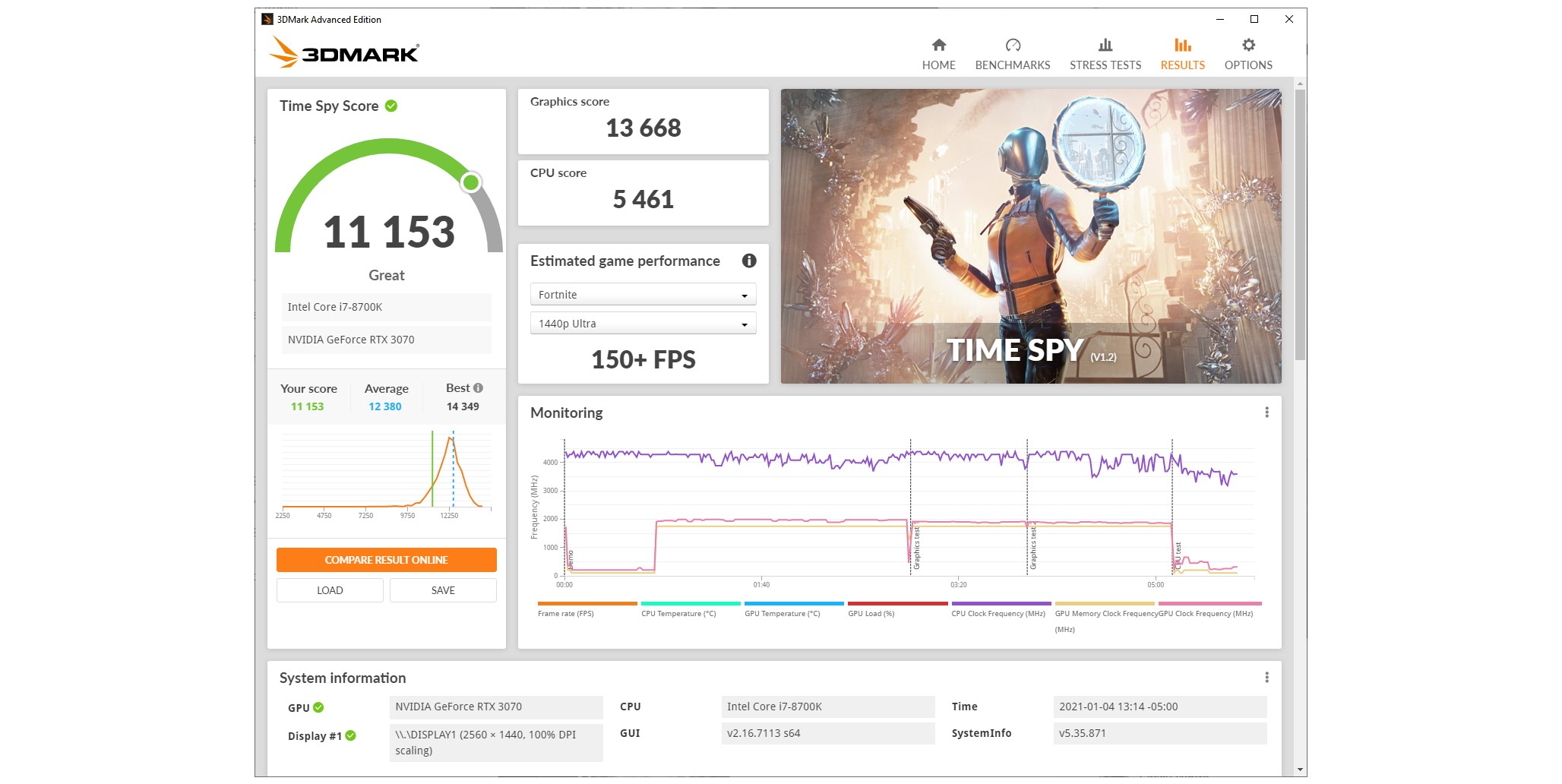
There are a couple of other reasons to consider the 3070 over the 3080.
It uses around 100 watts less than the 3080, for one thing, so cooling is a bit easier (and quieter). Nvidia recommends a 650-watt power supply at minimum to handle the card.
The 3070 also has a smaller footprint, coming in at just over 9 inches long (as opposed to the 3080, which is just under 12 inches). This means it fits more comfortably in a wide range of cases, so those with more compact rigs will find this a better choice. The RTX 3070 also sports three DisplayPort 1.4a outputs and an HDMI 2.1 port, so it can handle up to four monitors if needed.
Nvidia Geforce RTX 3070 Review — The Bottom Line
Pros
- $200 cheaper than the next card in the line
- Better than last year’s high-end RTX 2080
- DLSS tech makes ray-tracing and extreme graphic effects smooth and gorgeous
- Smaller footprint, less power drain, plenty of monitor ports make it fit in a variety of cases
Cons
- $500 is still a lot of money
- 8GB of RAM might be an issue for future games at 4K
- If you only game at 4K, probably go the extra $200 or so for at least the 3080
The general rule of thumb for building and upgrading a gaming PC is getting as much power as you can afford. No matter how you look at it, though, spending between $500 to more than $1,000 for a single component is still painful. So, for those looking for the middle ground between price and super high-end performance, Nvidia’s RTX 3070 is a remarkable video card.
As it stands, the Nvidia RTX 3070 is the best mid-range card on the market. It easily surpasses anything AMD currently has in this price range and comes close enough to the higher-end cards to not feel like a painful compromise.
For 1440p and 1080p, this card smokes anything we threw at it, with full details and ray-tracing thanks in part, at times, to Nvidia’s DLSS. For 4K, it still proved to be an exceptional card and our primary caveat might be that with only 8GB of onboard RAM, it’s conceivable newer games in the next year or so might need some visual downgrades.
Granted, even the RTX 3080 for $200 more might have this problem as it only has 10 GB. But it’s hard to say if that will matter at all in the next few years.
[Note: Nvidia provided the RTX 3070 GPU used for this review.]

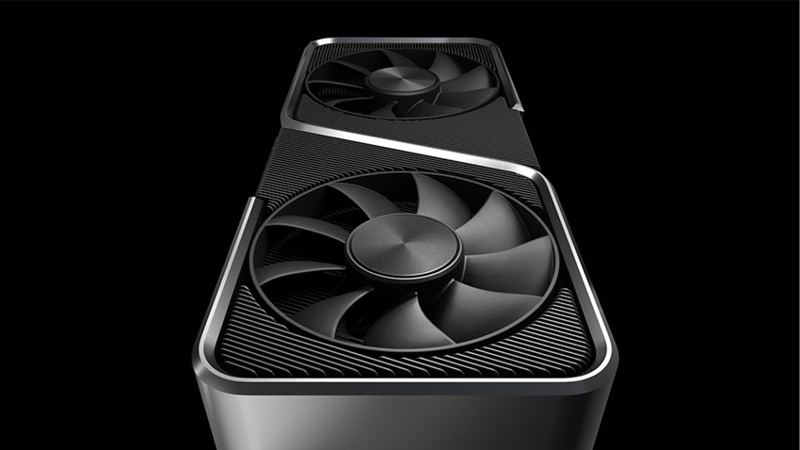
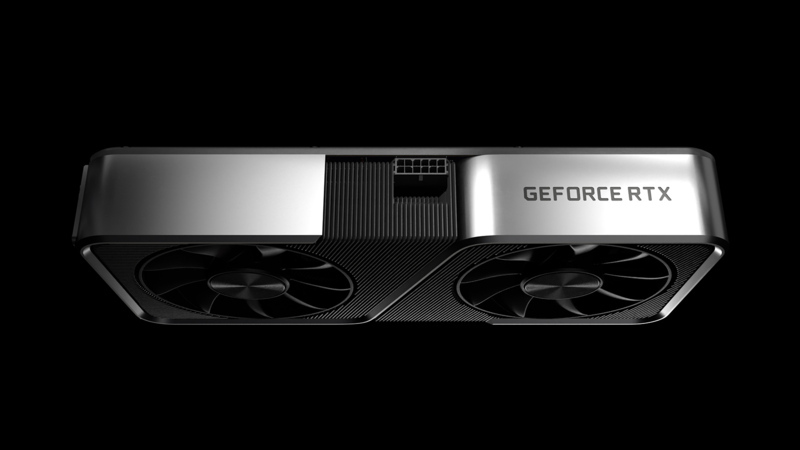
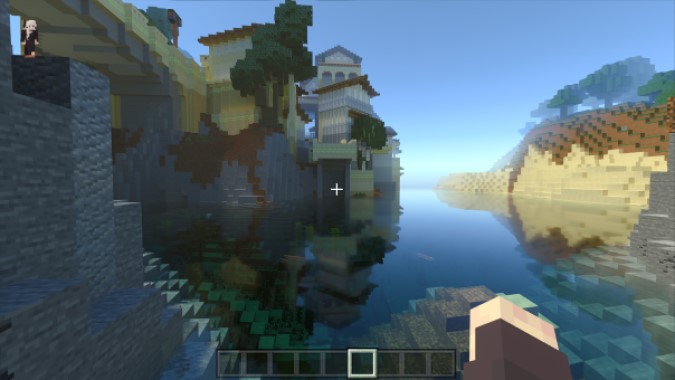
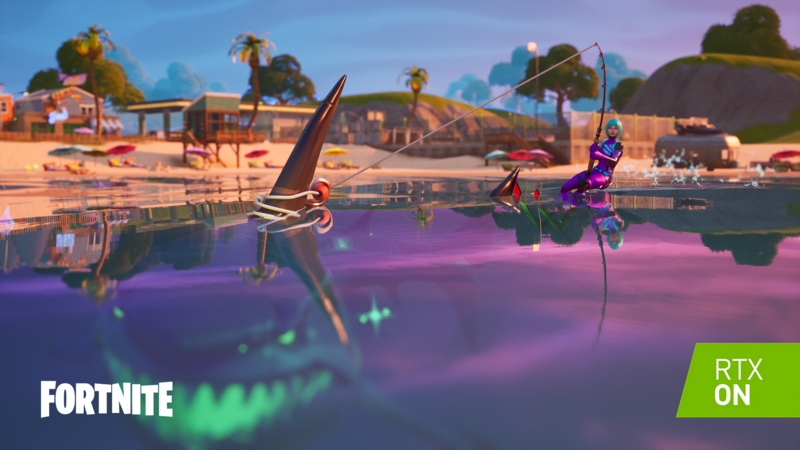





Published: Jan 8, 2021 10:33 am